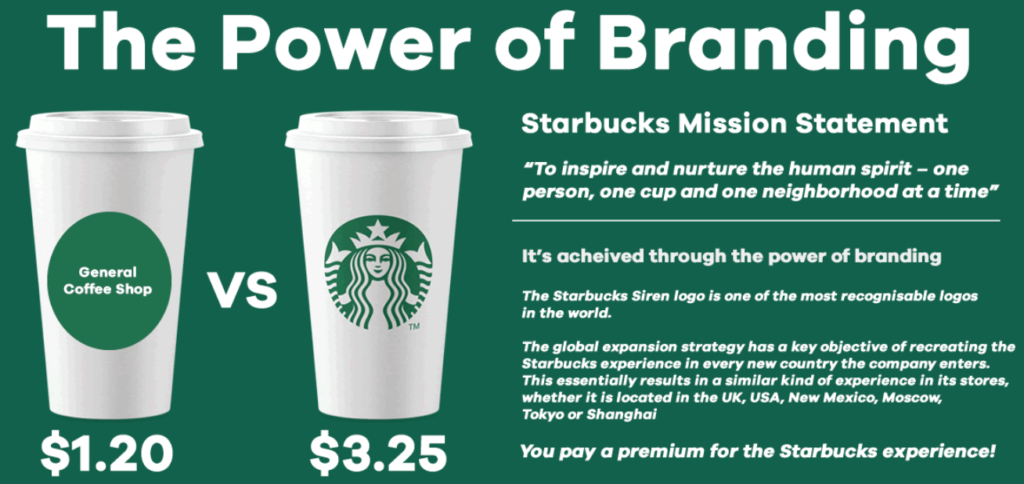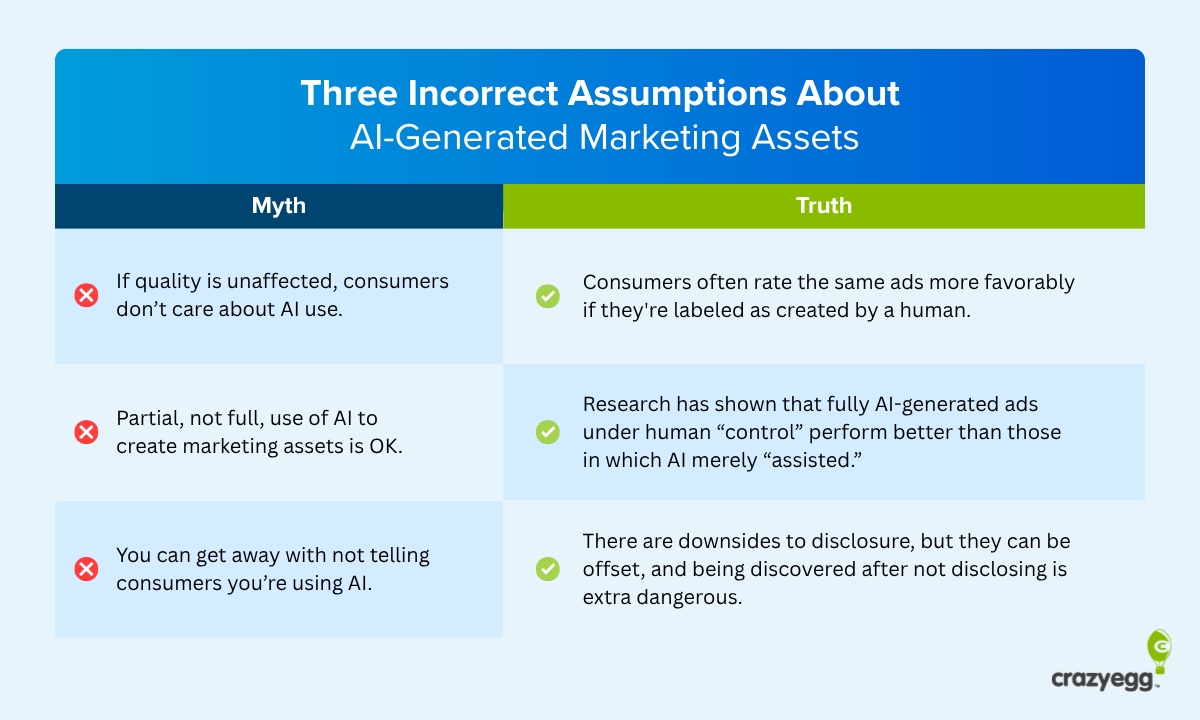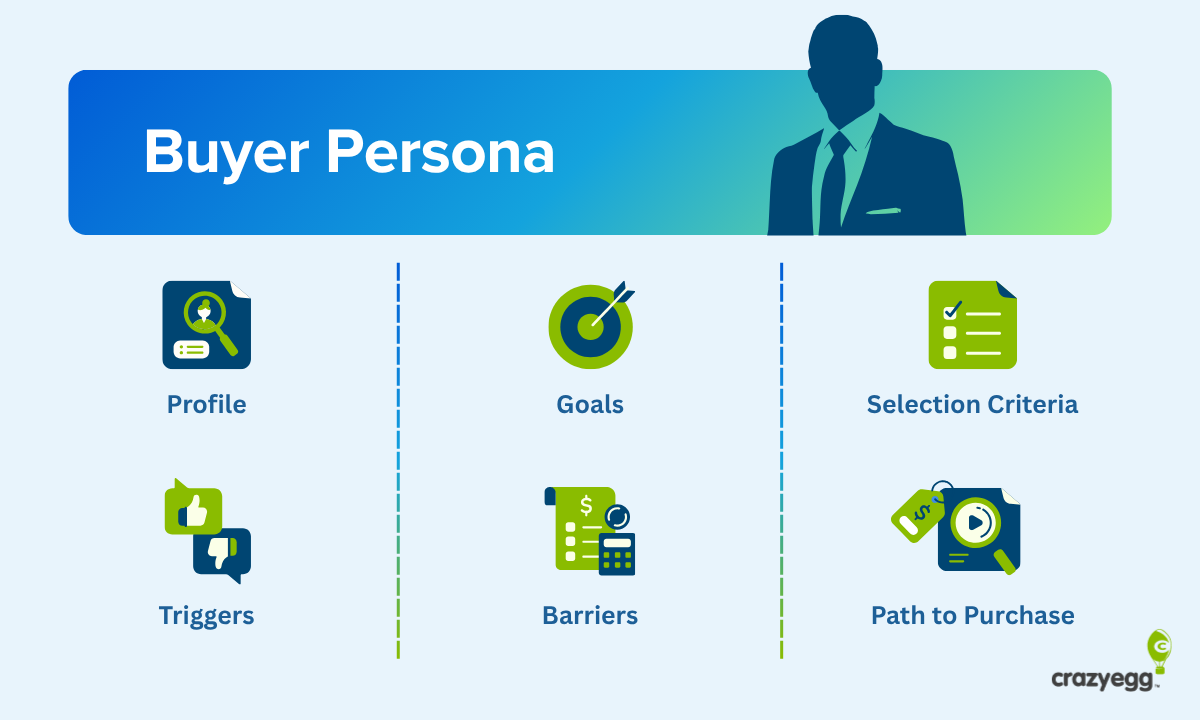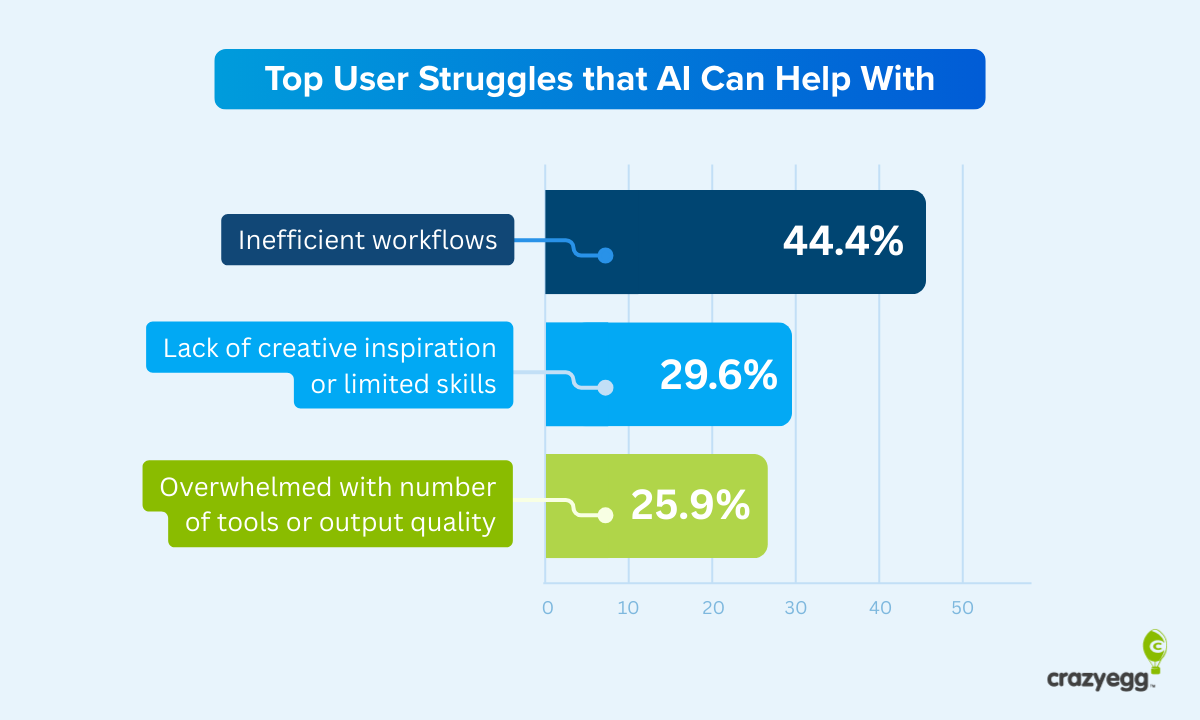The terms “brand” and “business” are often used interchangeably. While the dictionary definitions might be similar, I don’t think this is a fair swap.
Anyone can create a business. But building a brand goes far and beyond filing your LLC paperwork and opening a business checking account. A brand is more than just a company logo or slogan. It’s how people feel when they see your logo or hear your name.
Branding is the most powerful marketing tool in the world. For individuals and businesses alike, establishing your brand can the difference between success, mediocrity, and failure.
Whether you’re launching a startup or rebranding your existing business, this beginner’s guide to branding will help you establish a successful brand that will stand the test of time.
What is a Brand Identity?
Brand identity is essentially your company’s reputation. It’s not what you tell people about yourself; it’s what people tell each other about you.
Brand identity is not one specific aspect of a business. It’s comprised of multiple factors, such as company values, communication style, product offerings, logos, color palettes, and more. All of these elements help portray your brand to the outside world. But the world’s perception of those factors ultimately becomes your brand identity.
Here’s an example of brand identity—McDonald’s.
The McDonald’s identity starts with the golden arches. But it’s much more than that. What do you think of when you see that logo or hear the name? Some of you might think of Ronald McDonald. Others imagine the tastes and smell of a Big Mac and fries.
Regardless of what you think of, specifically, McDonald’s has established a global brand. Everyone knows exactly what to expect from this company; they are the epitome of a fast food chain.
Why Put Effort Into Building a Brand?
Your brand is essentially the face of your business. Without a face, you can’t stand out from the crowd. Companies need a brand to differentiate themselves in crowded markets.
Branding builds credibility and establishes trust between businesses and consumers. It’s what entices people to buy from you in the first place, and keeps them coming back for more in the future.
Your brand can even impact your pricing strategy. Consumers are willing to pay a premium for brands they trust. Starbucks is an excellent example of this.

Why are people willing to pay such high prices for a simple cup of coffee? Branding.
Whether you’re in Los Angeles, New York, Paris, or Rome, you know exactly what you’re getting when you walk into a Starbucks. You could get a bigger cup of coffee for a fraction of the cost at a gas station or small local doughnut shop, but those places don’t have the same branding power as Starbucks.
Look at the Starbucks mission statement in the image above. “To inspire and nurture human spirit – one person, one cup and one neighborhood at a time.”
Starbucks isn’t selling coffee; they are selling a feeling—they are selling a brand.
Gucci sells t-shirts for $500. Apple sells phones for $1,000. Nike sells sneakers for $250.
What makes that shirt worth more than a $5 shirt? Why is an iPhone worth so much better than a $100 smartphone? Are Nikes really worth five times more than a generic pair of sneakers?
That’s why it’s so important to put effort into building a brand.
10 Steps to Building Your Brand
Now that you understand the basics of brand identity and the importance of establishing a brand, it’s time to build one of your own. This isn’t something that happens overnight. But I’ve simplified this complex idea into an easy ten-step process.
Step #1: Establish the Purpose of Your Brand
Why are you in business?
Yes, I’m sure you’d like to turn a profit, but that’s not the type of purpose that’s going to help you establish a brand identity. This must go beyond the products or services that you’re offering.
For example, let’s say your business delivers pre-made meals online. What’s the brand’s purpose? It’s not selling food; it’s providing nutrition and convenience to health-conscious professionals who are too busy to cook on their own.
Once you dig deep and truly define your brand’s purpose, you can put that purpose into a well-written mission statement.

The “why” part of a mission statement is the most crucial aspect. That’s what will be the most important piece of information to the consumer. This is the differentiation factor that separates your company from everyone else out there doing the exact same thing.
Your purpose will ultimately define your brand. It sets the standard for how your team and employees behave and becomes what your customers expect when they buy from your business.
Step #2: Identify Your Brand’s Target Audience
Who wants to buy what you’re selling?
Identifying your target audience is one of the most important aspects of branding. If you overlook this step, the rest of your brand-building strategy will suffer.
Your business isn’t for everyone; don’t try to make it appeal to every single person on the planet. Think about some of the brands we’ve talked about so far in this guide—McDonald’s, Starbucks, Nike, Gucci, and Apple. Those brands each appeal to specific target markets.
Remember, branding is a component of marketing; don’t lose sight of that. You need to treat your branding strategy like any other marketing campaign.
Would you run a Facebook ad or TV commercial without a target audience? Absolutely not.
As we continue through the remaining steps, you’ll have a better understanding of why your target audience is so important to your branding strategy.
Step #3: Create a Unique Voice For Your Brand
Once you’ve identified your target market, you must develop a brand voice that speaks to your audience. There are lots of different ways to approach this.
Do you want to be professional? Is your brand voice funny? Are you trying to be casual?
All of your brand’s copy should have a consistent voice across all of your channels. From your homepage to blogs, social media posts, and ads, your voice must resonate with your target audience.
Here’s an example from the ARRIVE Hotel FAQ page.

The voice is very informal. They say “yeah” instead of “yes.” They use other phrases like “sweet wheels” and “dude.” The page even mixes in some humor with the question about borrowing a hoverboard.
This brand voice continues throughout the FAQ page; here are a few more examples.

Again, it’s an informal and humorous way to say that dogs are allowed at the hotel, but no other pets are allowed.
The brand isn’t trying to appeal to everyone. As a boutique and trendy hotel in Palm Springs, California, ARRIVE is targeting young adults who want a hip place to stay. They aren’t targeting families or grandparents.
Businesses selling surfboards won’t have the same brand voice as a law firm. B2B companies selling enterprise SaaS shouldn’t have the same brand voice as a retailer selling clothes to teenage girls.
Step #4: Tell Your Brand’s Story
The brand story encompasses all of the three steps we’ve previously discussed. Treat your brand story as the extended version of the “why” in your mission statement.
This explanation of why you’re in business should appeal to your target market while being expressed in your brand voice. Here’s an excellent example from TOMS.

TOMS sells shoes. But that’s not what this brand represents. I highlighted some of the key parts of this brand story that showcase the company’s purpose.
This brand donates shoes to people in need. The company gives away one-third of its profits to support people across the globe.
What was the inspiration for this? The company’s founder was traveling internationally when he saw the hardships faced by children without shoes. This inspired him to create a business that put shoes on the feet of underprivileged children.
The tone of this brand story is appropriate for its purpose. It’s heartwarming and meant to appeal to people who want to help others.
TOMS isn’t trying to compete with sneaker companies like Nike or Adidas—their charitable approach puts them in a category of their own. All of this is clearly described in the brand’s story.
Step #5: Design Your Brand’s Visual Elements
Now it’s time to create the visual representation of your brand. How will people identify your company?
I’m referring to things like your logo, color palette, and typography. These are the starting points for designing a brand.
Think of the McDonald’s golden arches or the Starbucks siren. When you see those logos, you immediately know what they represent. Something as simple as the font of your company name within the logo tells a lot about your brand identity.
Check out this logo for a tattoo parlor in Las Vegas.

It’s a powerful image that has a certain stigma attached to it. The logo isn’t very warm and inviting. Instead, Golden Skull Tattoo feels intimidating and almost frightening.
The logo is designed the same way as motorcycle club logos—with the club name on the top in a half circle, and the city at the bottom. I don’t think this was a coincidence, considering the target audience of this brand.
Now, let’s take a look at another logo for a dog walking business.

This logo gives a completely different impression than the tattoo parlor. It feels safe, friendly, fun, and almost childish. The font alone makes the company feel like a brand you can trust to walk your pet.
If the dog-walking logo was dark and included a skull (like the tattoo shop), people might not trust this service.
As you can see from these two polar opposite examples, the visual elements of your branding strategy carry significant weight in how your brand is perceived.
Step #6: Establish Your Brand Differentiation
What makes your brand unique within your industry? You need to take the time to research your competitors to see what they’re doing.
By monitoring your competition, you’ll be able to discover what branding strategies work and which ones to avoid.
Try not to follow the same exact branding strategy as other businesses in a saturated market. If those businesses have branded themselves well, it will be challenging for a new business to come in and have success. Consumers will already be loyal to the existing brand.
Think back to the examples I’ve used throughout this guide. If you wanted to open up a fast food business, trying to replicate McDonald’s branding would be a disaster. You’d need to find another niche and approach.
If you’ve ever been to San Diego, you’ve probably seen or heard of Better Buzz Coffee. This local chain has a dozen locations throughout the county, and it’s still growing.
Better Buzz isn’t trying to compete with Starbucks. Instead of the locations being identical, they create a unique experience and environment at each coffee shop.

Aside from the name and menu, you wouldn’t know that there is a connection between each location. The atmosphere, colors, and fonts are all different.
This branding strategy helps this business thrive while competing against other local coffee shops and international chains like Starbucks.
Step #7: Build Out Your Brand
Now that you’ve established all of the components of your branding strategy, it’s time to put that strategy out for the public to see.
Design your website. Create social media profiles. Establish your presence on as many different marketing channels as possible.
While it might be tempting to do this step first, it’s important to follow the process that I’ve described so far. You can’t write website copy until your brand voice has been established. You won’t be able to pick an effective color scheme until you’ve designed your logo and visual elements. You can’t write an “about us” page or mission statement without establishing your brand’s purpose and story.
I’m sure you’ve heard of the age-old idiom or proverb—don’t put the cart before the horse.
If you complete this step out of order, your entire branding strategy will suffer. But if you complete the steps in the sequence that I’ve explained, everything will come to fruition when you start building out your brand.
Step #8: Promote Your Brand
Once your brand has been built out, it’s time to start promoting it.
These individual marketing campaigns will vary from business to business. It all depends on what type of brand you’re creating. A local dry cleaner won’t have the same promotional strategy as a national ecommerce brand.
Regardless of how you’re running promotions (social media ads, PPC campaigns, email marketing, radio ads, guerilla marketing, etc.), it’s important that each promotional method mirrors your branding strategy.
Presenting brand consistency across all channels results in higher profits.

What is your brand voice? It should be constant from billboards to digital ads, and everything in between.
Step #9: Get Others to Advocate For Your Brand
Great branding spreads like wildfire. You should create marketing strategies that get your existing customers to become brand advocates for your business.
Encourage customer reviews. Run promotions to incentivize referrals. Create a customer loyalty program. Partner with influencers who can bring your brand to life.
Here’s a basic example. Nike doesn’t get Fortune 500 CEOs to be brand ambassadors for them. That doesn’t make any sense for their product line. Instead, Nike sponsors athletes.
Amazon founder, Jeff Bezos, was famously quoted for saying, “Your brand is what other people say about you when you’re not in the room.”
By getting other people to advocate and promote your brand for you, it’s much easier to establish your reputation. Just be forewarned—not every brand has a positive reputation. That’s why it’s so important to follow the steps that I’ve presented in this guide.
Step #10: Evolve As Your Brand Grows
Be prepared to adapt and change with the times. Your branding strategy of today might not be effective tomorrow. Brands change based on market needs or industry trends; even potential company mistakes could force you to rebrand your business.
Some of the most popular brands in the world have famously rebranded themselves for a wide range of reasons.
Burberry, a high-end fashion company, developed a reputation for being popular for gang members. Some pubs in the UK even banned customers from entering the building if they were wearing Burberry clothing. The company partnered with celebrities like Kate Moss and Emma Watson to clean up its reputation as they went through a rebranding period.
Nike never sold basketball sneakers until they signed Michael Jordan. Today, they sell the most basketball shoes in the world.
Even McDonald’s had a reputation for being unhealthy and making people fat. But today, McDonald’s offers a wide range of healthy options, including salads and fruit smoothies.
Old Spice struggled to attract younger customers. They had the reputation as being “deodorant for old people.” But clever branding, new promotional strategies, and the release of new products like body wash completely changed the public perception of this company.
If you can’t evolve, your brand won’t survive the test of time.
Final Thoughts
Without branding, your business will just be another nameless and faceless organization. People won’t be able to pick you out of the crowd, and survival will be a struggle.
But establishing a brand identity can do incredible things for a business.
Branding can allow you to increase your prices, establish trust with your customers, and keep people coming back for more. Your brand is your reputation; that’s why you need to take the right steps to build a brand from scratch.






